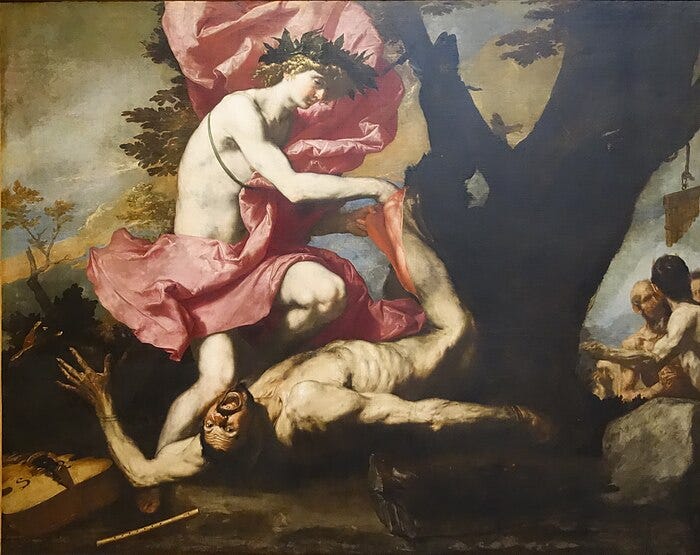A thing of beauty is a joy forever.
Its loveliness increases; it will never
pass into nothingness …
—John Keats
An old question resurfaced recently: What is Romanticism?
Were the great English Romantics — William Blake, William Wordsworth, Samuel Taylor Coleridge, Lord Byron, Percy Bysshe Shelley and John Keats — mostly about nature poetry and sensuous imagery, or was there more to the movement than meets the eye, or ear?
We must immediately acknowledge that each member of the “big six” was, first and foremost, an individual. It’s hard to think of two poets more different than Blake and Byron. Or Keats and Byron.
Individuals, yes, but what did the big six have in common?
Why do they seem like Hart Crane’s “visionary company” despite their obvious differences?
I consider myself a Romantic poet, so I will begin with my own “prime directive,” which I will call “the Roses of Pieria.”
For those unfamiliar with the term, in Greek mythology the Roses of Pieria grew …
Keep reading with a 7-day free trial
Subscribe to The Chained Muse to keep reading this post and get 7 days of free access to the full post archives.




